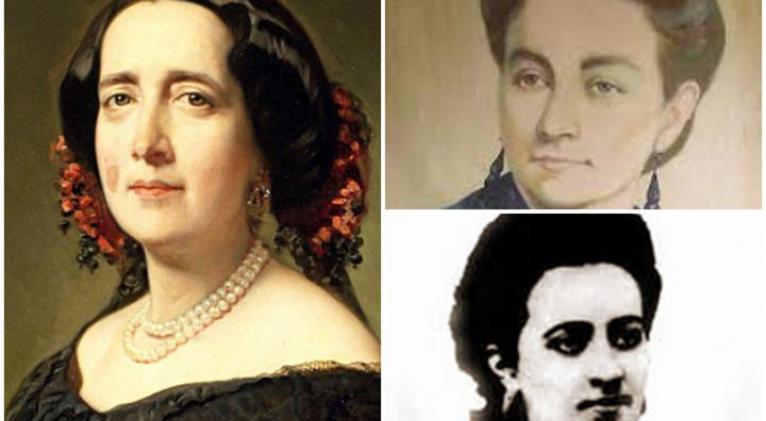On the eve of International Women's Day, it is appropriate today to highlight the role of women, particularly in this region, and their transcendental contribution to the very culture and formation of Cuba's nationality.
Camagüey women contributed to Cuba’s culture in the 19th century


Deje un comentario